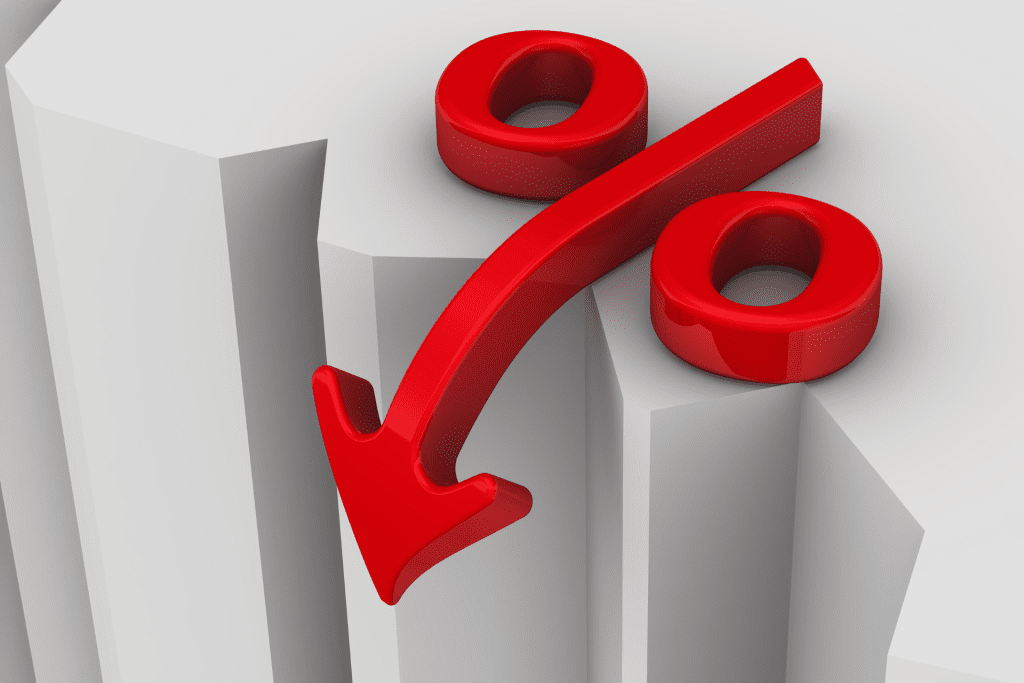When will the Home Loan Interest Rates Go Down in Australia?
Australia has been experiencing a significant surge in the demand for home loans in recent years, and the interest rates on these loans have been on the rise as well. Many people are wondering when home loan interest rates will go down in Australia, and what factors may impact the changes.
Factors Contributing to Interest Rate Fluctuations
Several factors contribute to the fluctuation of interest rates on home loans, including the Reserve Bank of Australia’s (RBA) cash rate, the state of the Australian economy, global economic conditions, and lender competition.
Understanding these factors can help you anticipate when home loan interest rates are likely to decrease and how you can take advantage of lower rates.
- The RBA cash rate is one of the most significant factors that determine the interest rates on home loans in Australia. The RBA sets this rate, which serves as the benchmark interest rate for all financial institutions operating in Australia. Financial institutions use the RBA cash rate as a guide to determine their lending rates to customers.
As of April 2023, the RBA’s cash rate is currently at 0.1%, which is the lowest it has ever been. The RBA has indicated that it plans to keep the cash rate at this low level until at least 2024, as part of its efforts to support the Australian economy through the ongoing impacts of the COVID-19 pandemic.
However, despite the low cash rate, interest rates on home loans have not decreased significantly. In fact, according to the Australian Bureau of Statistics, the average interest rate on owner-occupied home loans in Australia was 3.72% in January 2023, which is only slightly lower than it was in January 2022, when it was 3.79%. This is because other factors, such as rising lender funding costs and lower profitability, have put pressure on lenders to keep their interest rates higher.
- Another factor that affects home loan interest rates in Australia is the state of the Australian economy. In a strong economy, where demand for housing loans is high, lenders may increase their interest rates to take advantage of the high demand. Conversely, in a weaker economy, where demand for housing loans is low, lenders may lower their interest rates to stimulate demand.
- In addition to domestic economic conditions, global economic conditions also impact the interest rates on home loans in Australia. If global interest rates rise, Australian lenders may also increase their rates to remain competitive in the global market. Conversely, if global interest rates decrease, Australian lenders may lower their rates to remain competitive.
- Lender competition is another factor that influences home loan interest rates in Australia. When lenders compete for market share, they may lower their interest rates to attract customers. This has been seen in recent years, with some lenders offering lower interest rates than their competitors to gain a larger share of the market.

Signs To Watch Out for A Probable Decrease in Interest Rates
So, when will home loan interest rates go down in Australia?The truth is that no one can predict exactly when interest rates will decrease. However, there are several signs that you can look out for that may indicate an upcoming decrease in interest rates.
One sign to watch out for is the RBA’s cash rate. If the RBA decreases its cash rate, it may put pressure on lenders to reduce their interest rates on home loans.
In April 2023, the RBA places a brake on interest rates, signaling the end of excessive rate increases. Once they take a break, they are unable to raise rates repeatedly for months as they did in the past. They may add a few more, after which there will be a gap before it finally starts to decline in 2024. Another sign to watch out for is economic conditions. If the Australian economy weakens, lenders may lower their interest rates to stimulate demand.
Finally, lender competition is a good indicator of potential interest rate decreases. If lenders are competing aggressively for market share, they may lower their interest rates to attract more customers. This can be a good time to shop around for a home loan, as you may be able to find a better deal.

How to Take Advantage of Decreased Loan Interest Rates
If you are looking for a home loan in Australia, it’s important to keep an eye on interest rates and be prepared to act quickly when rates decrease. There are several ways you can take advantage of lower interest rates, including refinancing your existing loan, negotiating with your lender for a better rate, or shopping around for a new loan.
Refinancing your existing loan can be a great way to take advantage of lower interest rates. If interest rates decrease, you may be able to refinance your existing loan at a lower rate, which can save you thousands of dollars in interest payments over the life of your loan.

